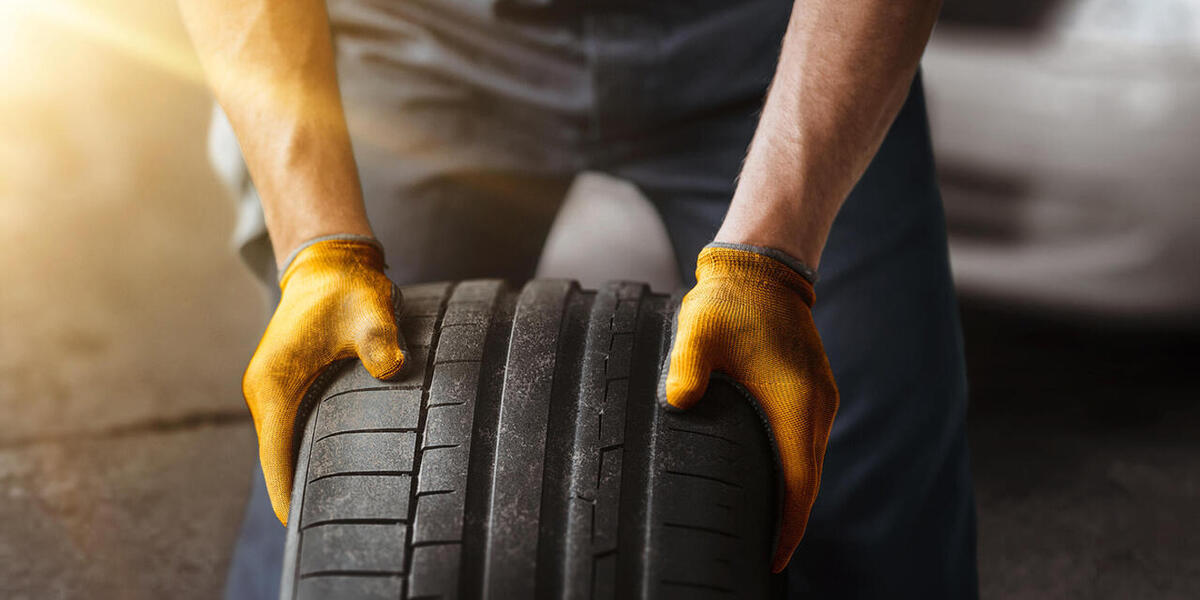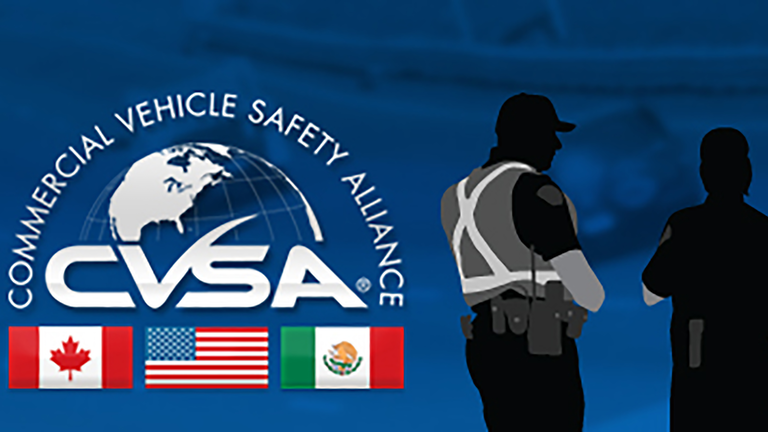Next to fuel, tires have been and will continue to be the #1 maintenance issue facing fleets today. Drivers can have an enormous impact on your tire expenses and their safety by completing thorough pre and post-trip inspections. During the pre and post-trip inspections, it is essential for drivers to visually inspect tires for any sign of irregular wear, cuts, snags, and punctures and report that information to the maintenance department either directly or through a Daily Vehicle Inspection Report (DVIR). But what about checking the tire air pressures during these inspections? It does take time to review the air pressure on 6 to 18 tires, and how does the driver know that the pressure gauge he’s using is even accurate? After reviewing the air pressures, it is also possible that a valve core can stick causing the tire to lose air. The driver, of course, would need to know what the recommended air pressure is for steer, drive, and trailer tires. Many fleets have different specs for air pressure depending on wheel position. Even if the driver completes these checks, what if he (or she) finds that the inside dual drive tires are all 10 PSI too low. If the driver is on the road, will they take the vehicle to a truck stop to get air? The driver does not own the vehicle so why should he care if the tire is 10 PSI underinflated. This is exactly why it is so important to educate your drivers upon hire and during employment about tire maintenance and safety. Most drivers have no idea that the tires on a tractor/trailer unit may have cost over $8,000. During new driver orientation and safety meetings, drivers need to hear about tires and how they can influence:
- Safety of operating the CMV.
- Tire removal mileage.
- Fuel economy.
- Retread ability.
- Tire-related roadside service breakdowns.
Drivers must fully understand that their jobs depend on helping their employer do everything in their power to get the most out of their $8,000 tire investment. If the driver understands that there is a direct correlation between running tires underinflated and fuel economy, he/she could save the company close to $1000 per year in fuel alone. There’s more that the driver can do: If the driver, in a pre/post trip inspection, can identify a possible vehicle alignment condition based on steer tire irregular wear, that tractor could be aligned, and the tires saved from early removal. And his driving habits matter as well - if the driver does not accelerate aggressively and makes smooth turns, tires will last a lot longer as the tread rubber will not be scrubbed off as quickly. Striking curbs is also a leading cause of ending a tire's life prematurely. Many fleets today recognize the role the driver can play in maximizing their tire budget. Some fleets provide an incentive program for those drivers who can generate the most miles from their tires and can consistently get the best fuel economy by keeping their tires properly inflated ALL the time. Having a program to educate drivers on these issues can save your company money in a very short time.
Measuring Tire Tread Depth
Tread depths need to be checked and recorded. DOT has a legal limit of -4/32” for steer tires and 2/32” of rubber for drive and trailer tires. That means that if any spot in the major grooves of a steer tire is found to be 4/32” or less, that tire must be removed from service. However, it can either be recapped or moved to the trailer and run down to 2/32" minimum before entering the recapping process. Drive tires must be removed from service or recapped when any major groove reaches 2/32” of rubber to be safe. The last tip about measuring tread depth: never measure in the decoupling groove, which is found in many steer tire designs to reduce irregular wear. This outside decoupling groove is sometimes known as a PDG groove (Pressure Distribution Groove), and they may be very deep or may be very shallow–but it is not the same depth as the major tire grooves.
CVSA Releases Results of Operation Safe Driving Week
The Commercial Vehicle Safety Alliance has released the results of its Operation Safe Driver Week traffic-enforcement and safe-driving awareness and educational initiative held July 10 to 16, 2023.
State and provincial officers in the U.S. and Canada issued 4,494 tickets/citations and 5,756 warnings to drivers – commercial motor vehicle and passenger vehicle drivers combined.
A total of 4,592 warnings and 2,634 tickets/citations were given to commercial motor vehicle drivers, and officers issued 1,164 warnings and 1,860 tickets/citations to passenger vehicle drivers.
Speeding, the focus area for this year’s Operation Safe Driver Week, was a top infraction for commercial motor vehicle drivers and passenger vehicle drivers. Commercial motor vehicle drivers received 1,575 warnings and 715 tickets/citations, and passenger vehicle drivers received 625 warnings and 1,293 citations/tickets for speed-related infractions. Combined, a total of 2,219 warnings and 2,024 citations/tickets were issued for speeding.
CVSA asserts that speeding accounts for nearly one-third of all fatalities on roadways. According to the National Highway Traffic Safety Administration, speeding-related fatalities increased 8% from 2020 to 2021, with 12,330 people killed in 2021 in speeding-related crashes, representing 29% of all traffic fatalities in 2021. Additionally, Transport Canada states that speeding/driving too fast accounted for 25.3% of all fatal roadway crashes in Canada in 2020.
Senators Introduce Bill to Impose Fees on Electric Vehicles and Batteries
Sen. Deb. Fischer (R-NE) and three cosponsors have introduced S. 2882, a bill to impose fees on electric vehicles and batteries and to dedicate the revenue to the Highway Trust Fund. The fees are intended to make up for revenue lost from federal excise taxes on the sale of gasoline or diesel fuel for these vehicles.
The bill would impose a tax of $550 on each battery module with a weight of greater than 1,000 pounds which is: (1) sold by the manufacturer, producer, or importer thereof, and (2) intended for use in an electric vehicle.
In addition, the bill would impose a tax of S1,000 on each light-duty electric vehicle under 8,500 pounds GVW sold by the manufacturer, producer, or importer.
Time to Fall Back…..Daylight Savings Time Change in Three Weeks!!
Daylight savings time will "fall back" at 2:00 a.m. on Sunday, November 5th.
Make sure that all your drivers are aware that the change to daylight savings will occur. Caution route drivers that the amount of daylight will change according to their stops with the change. An intersection or street can present different challenges to drivers with an hour change in the sun's position. One hour of time difference can present unique adaptations to a driver on a route.










